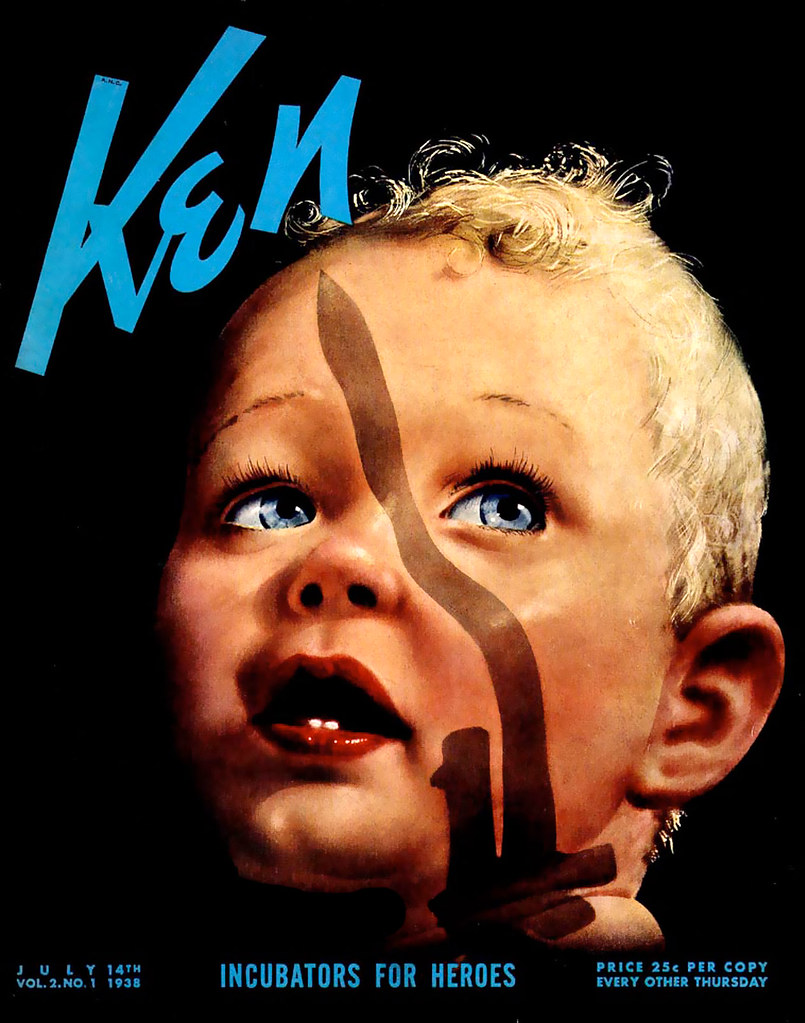Harp
I'll Lock Up
- Messages
- 8,508
- Location
- Chicago, IL US
The other night I pulled I.F. Stone's The War Years 1939-45 from the shelf, a collection of his commentaries
writ for The Nation. And he just gutted a Wall Street snake whom had slipped inside the Treasury Department
under Roosevelt's $1-a-year-man program. Just eviscerated the ba***rd. The second column, a 1940 piece
examined aviation industry fat cats who spoiled for more after millions in non-recourse loans, plant retooling,
and a guaranteed subsidized profit per plane; and, again, Stone just cut these thieves with old fashioned
hard hitting journalism. His pen was sceptered and honed to a razor's edge against a strop of hard fact.
writ for The Nation. And he just gutted a Wall Street snake whom had slipped inside the Treasury Department
under Roosevelt's $1-a-year-man program. Just eviscerated the ba***rd. The second column, a 1940 piece
examined aviation industry fat cats who spoiled for more after millions in non-recourse loans, plant retooling,
and a guaranteed subsidized profit per plane; and, again, Stone just cut these thieves with old fashioned
hard hitting journalism. His pen was sceptered and honed to a razor's edge against a strop of hard fact.

